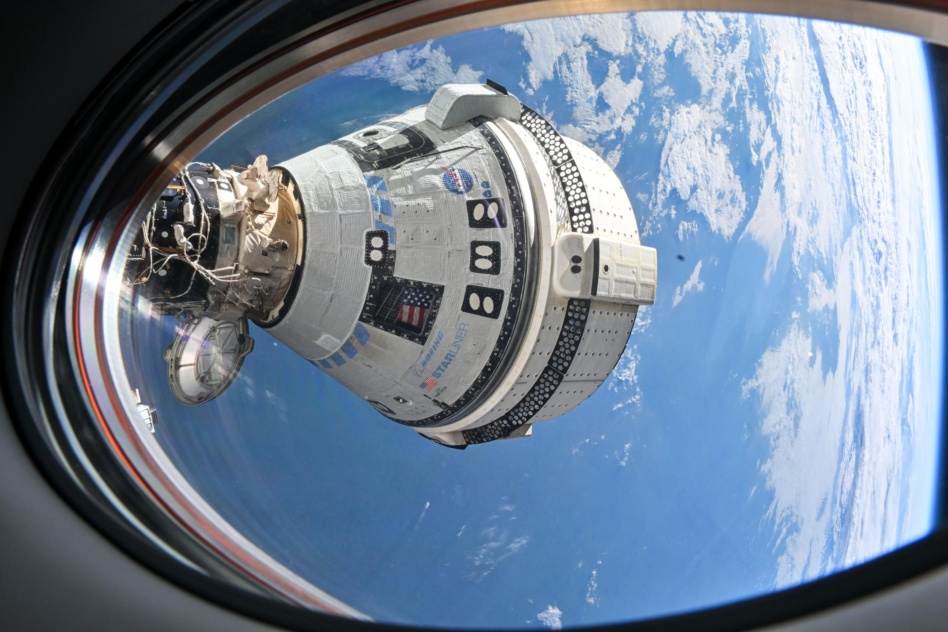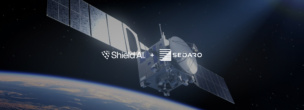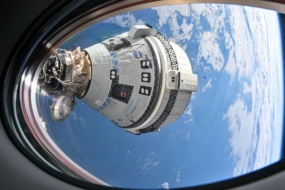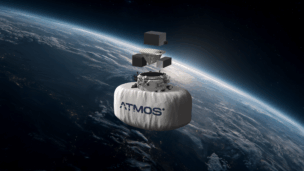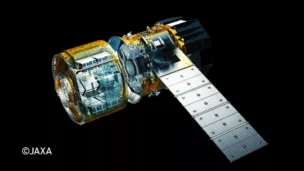After months of analysis, NASA officials decided that the two astronauts who piloted the Boeing Starliner on a test flight to the ISS will return on a SpaceX Crew Dragon.
“It was just too much risk to the crew,” NASA commercial crew program manager Steve Stich said in a press conference following an agency-level flight readiness review. Engineers were focused on issues with Starliner’s thrusters, which they could not understand well enough to give them confidence for a crewed return.
Representatives at the agency review were unanimous in their decision to have Starliner return autonomously in early September, NASA associate administrator Ken Bowersox said. Astronauts Suni Williams and Butch Wilmore will return to Earth aboard the Crew-9 Dragon, expected to launch to the ISS the same month, and return in February.
Their eight-day mission will wind up lasting eight months.
Black eye for Boeing: This is an ugly outcome for Starliner’s builder, which has already lost $1.6B on the project following numerous delays and anomalies. NASA administrator Bill Nelson said he spoke with new Boeing CEO Kelly Ortberg, who committed to continue the project. Asked if he thought Starliner would fly again, Nelson simply said: “100%.”
“Boeing continues to focus, first and foremost, on the safety of the crew and spacecraft,” the company said in a statement. “We are executing the mission as determined by NASA, and we are preparing the spacecraft for a safe and successful uncrewed return.”
Facing serious challenges in its aviation business, however, Boeing may need to consider the resources required to redesign Starliner’s propulsion system to prove it is safe for flight yet again. Starliner is still contracted for six operational missions to the ISS.
Safety first: Nelson, who reached orbit on the Space Shuttle in 1986 and served in Congress when the Challenger and Columbia disasters occurred, stressed the agency’s culture of open discussion and the need to prioritize the safety of its astronauts.
“We have had mistakes done in the past, we lost two Space Shuttles, as a result of their not being a culture in which information could come forward,” Nelson said. “So NASA, ever since, has tried very hard to bring about an atmosphere in which people are encouraged to step forward and speak their mind.”
Still, this is a setback for the thousands of people who worked on Starliner since 2014.
“There is a sense of not accomplishing the mission we set out to do,” Stich said. “I can’t express in words what it’s like when you commit to a mission, work on a mission for so long, and make a fairly dramatic change, which we have not done in human spaceflight in a long time.”
